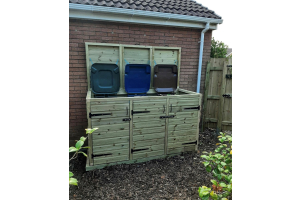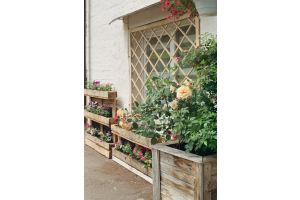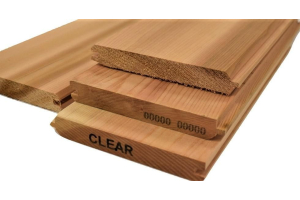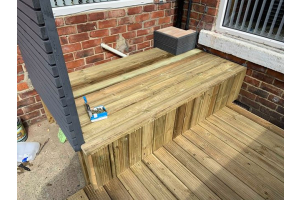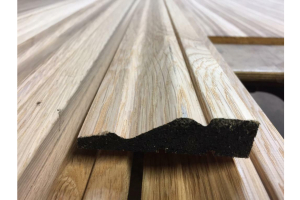Traditional Vertical Fence Boards vs Horizontal Fencing Primary tabs
The role of fences isn’t changing, but how we want them to look is.
Fencing is a barrier intended to prevent escape of pets, children. Intrusion from neighbours or to mark a boundary.
Fencing allows us to create a visually pleasant border to our gardens or perimeter boundary. Traditionally fencing is built vertically but, increasingly, alternative materials and different styles are becoming the norm when building a fence.
Traditional Fence Building
Timber Fence Diagram
A, Post
B, Fence Rail
C, Fence Board
D, Post Cap
If you are replacing an existing fence, most of the decisions are made for you. Of course, you may have neighbours to consult depending on boundary rules. Once that’s out of the way, you must start by considering the height and length of the fence you need to replace.
The hard work starts with preparation, firstly you must dig holes for the Treated Fence Posts to sit in using a quick setting cement like Postmix. It’s important to ensure the posts are set straight and in line with each other.
Postmix is very quick to set which means you can begin adding your Fence Rails within 10 minutes. The fence rails affix to the posts generally using at 70mm screws or 75mm sheradized nails.
Then on to fixing the Fence Boards which are affixed to the Fence Rails using 40mm Screws or 40mm sherradized nails as we know Vertically with a gap between the boards or no gap depending on your preferences.
Vertical Fence Types
Treated Solid Fence Boards with Capping
Picket Fence
Panel Fence
Tradition is good but we all like something different, especially with our gardens. Television gardening programs are inspiring us to view our garden as another room to our property not just a space.
Horizontal Fencing is a way of enhancing the visual impact of your garden space. Similar to the traditional fence, Fence Posts are the starting point thereafter the differences start to appear as the fence boards are fixed straight to the posts.
So your horizontal fence doesn’t look like Fence Panels you could stagger the boards when affixing. Horizontal Fencing has the advantage over the vertical fence, it allows you to select longer lengths and different types of wood some of which could lead to a cost
Horizontal Fence Types
Slaters Lat Fencing
Treated Fence Boards
Cedar Fence
Boards & Slaters Lat Fence
Traditional materials like Treated Green or Brown Fence Boards can be used to build a Ranch Style Fence, but great results can be achieved using materials like the Cedar, Pine, Larch and Spruce shown in the pictures above. The natural finish will enhance your garden space, the only maintenance you may need to do is treat with a clear vanish which will bring the wood back to life.
For any quotes and advice call Quay Timber 0191 224 0494, or contact online.


